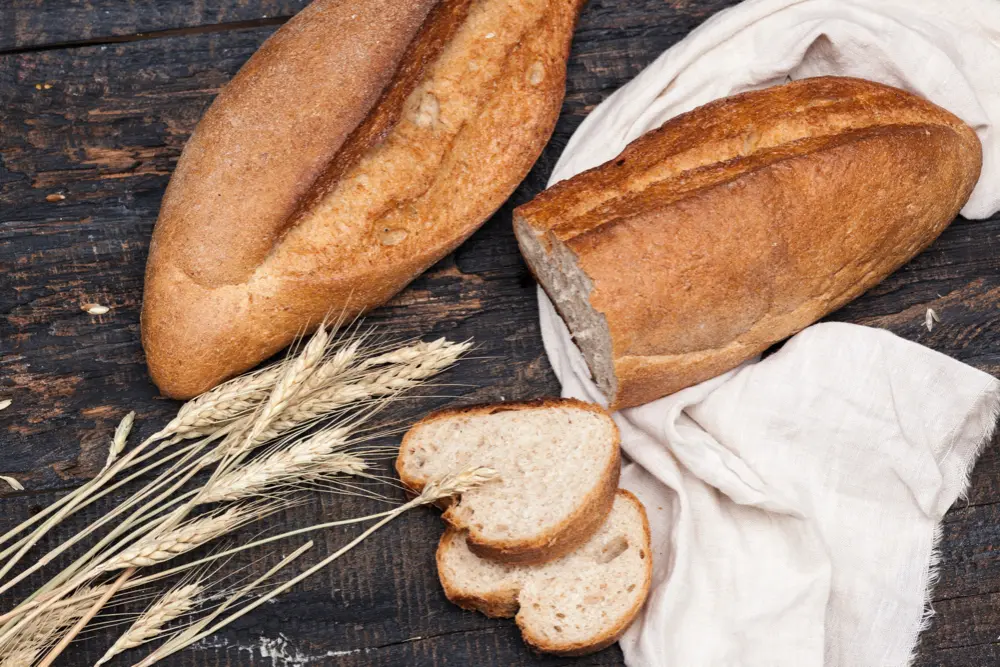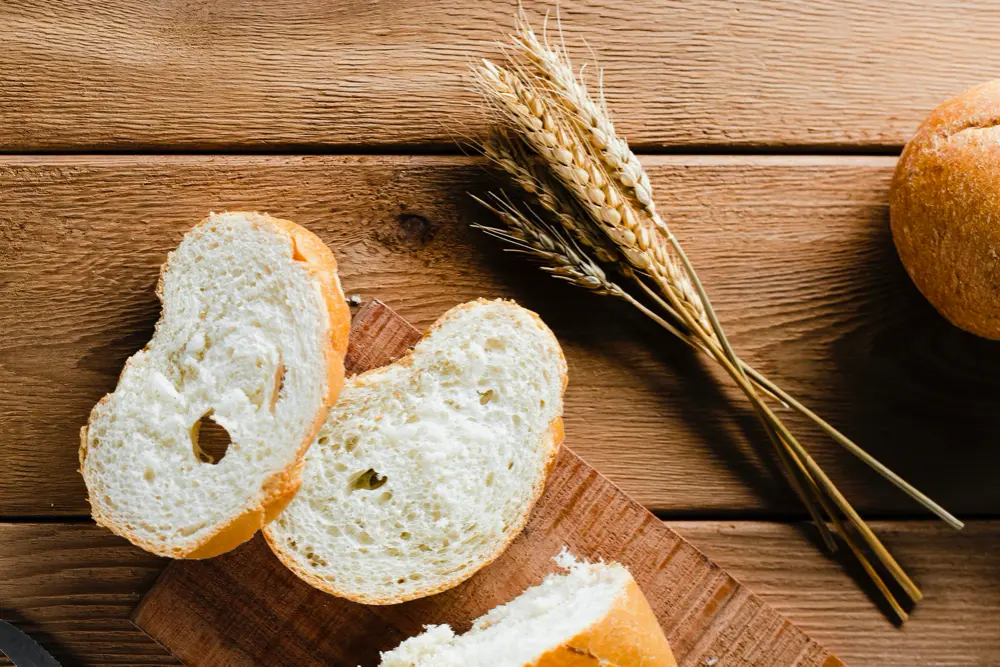In this study, researchers evaluated the biophysical, geometric, mechanical, and viscoelastic properties of wheat, rye, and triticale kernels at 2 different moisture levels. These properties, along with moisture content, are important parameters to evaluate the quality of cereals. Their study will help to improve their application as ingredients in cereal based products and their behavior during processing.
Cereal Grain Quality: A Whole World of Study

Cereals are the primary source of nutrients in the world. Among these, wheat is one of the most cultivated ones globally. Rye is also an important cereal as it is the second-most used one to produce bread, just behind wheat, and triticale is a hybrid cereal resulting from the artificial cross between wheat and rye. Interestingly, rye and triticale are usually incorporated into wheat flour to improve its nutritional quality. Furthermore, moisture content is a very important parameter in evaluating kernels as pre- and post-harvesting operations require certain levels of moisture to achieve their ideal processing.
The study analyzed a variety of properties of the intact kernels at 2 different moisture content levels and evaluated them using PCA, a multivariate analysis method. This approach is useful for studying the similarities and differences within and among cereal types with different moisture levels.
Moisture Level and Biophysical Properties: An Interesting Relationship
Regarding the effect of moisture content on the biophysical properties of kernels, it was found that generally in all cereal types the increase in moisture levels also increased dimensional properties. On the other hand, some of the weight/volume/density properties of all cereal types decreased with the increase in moisture content. The impact of moisture content on different kernel properties is important as the quality of cereals can change depending on the technical activity, for example, for cereal breeders, quality is mainly focused on appearance, weight, and density properties, while for millers it relies on geometric properties and volume, as this last one determines flour yield.
The Impact of Moisture Content on Technological Performance

As for the effect of moisture content on the mechanical and viscoelastic properties of the kernels, the study showed that an increase in the moisture level significantly decreased both in all cereal types. Interestingly, rye showed greater mechanical properties at both moisture levels than wheat and triticale. These last 2 exhibited similar viscoelastic behavior at the lowest of the 2 moisture levels studied, but their values decreased with the increase in moisture percentage, especially for triticale. These findings are relevant as both these sets of properties are fundamental for predicting flour quality.
Multivariate Analysis: An Innovative Approach for the Study of Cereal Quality
The multivariate analysis performed by the researchers demonstrated promising results in identifying significant associations between the different sets of properties studied and in studying the differences among cereal types with different moisture contents. Some compelling findings include that an important mechanical property showed a strong positive correlation with all viscoelastic properties and that, on another note, these last ones didn´t show a significant correlation with appearance, geometric, or density/weight properties. This analysis method can be very useful in reducing the number of variables to measure, therefore selecting only the ones with statistical relevance, when measuring the quality of cereals and their products.
Potential Scope
This research shed light on how multivariate analysis is a potential approach in characterizing different types of kernels to indirectly measure properties that are associated with cereal quality. Results from this study show that kernels can be discriminated by quality and moisture content, and this can have a real impact on the classification of cereal grains before storage and in the prediction of the behavior of kernels after conditioning and before milling, which in turn is useful for the continuous improvement of the manufacturing processes of cereal products.


